
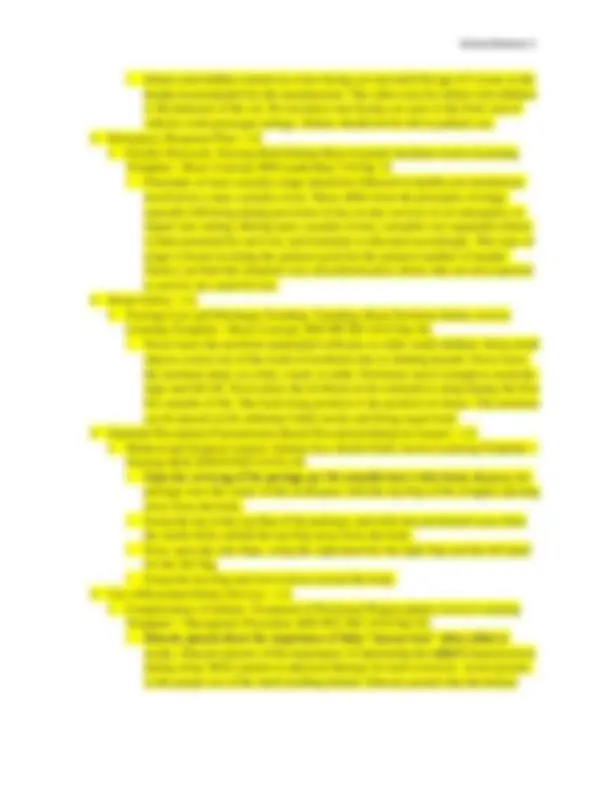

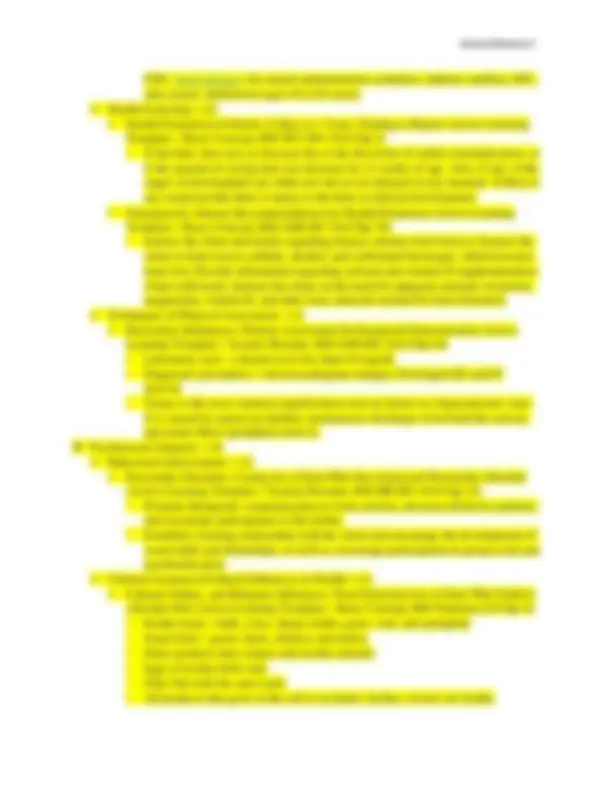
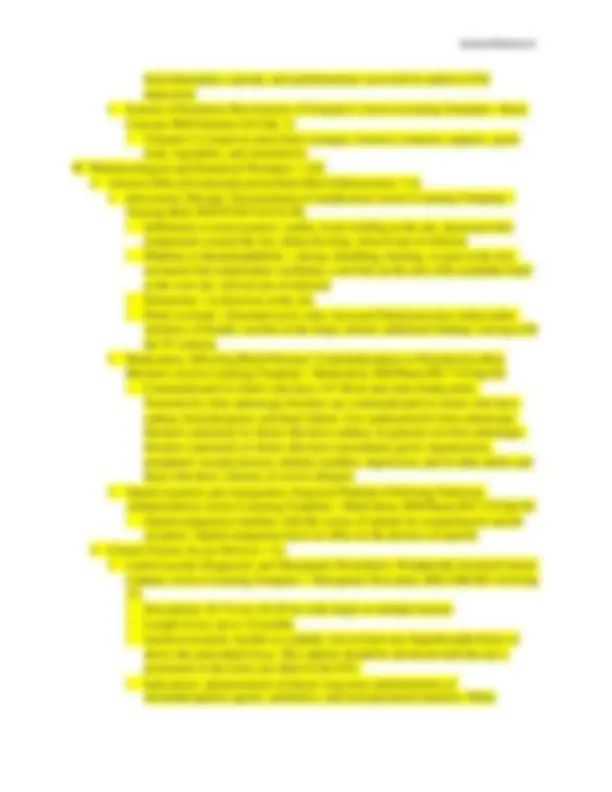
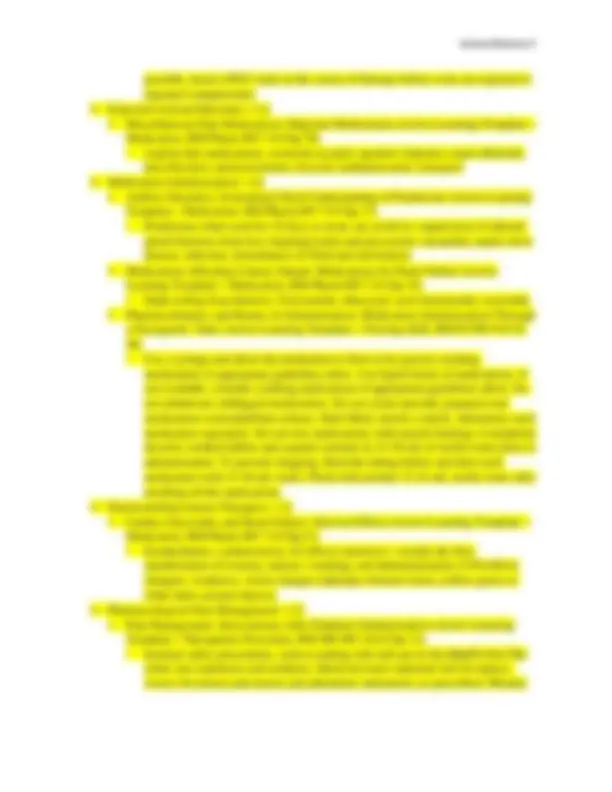
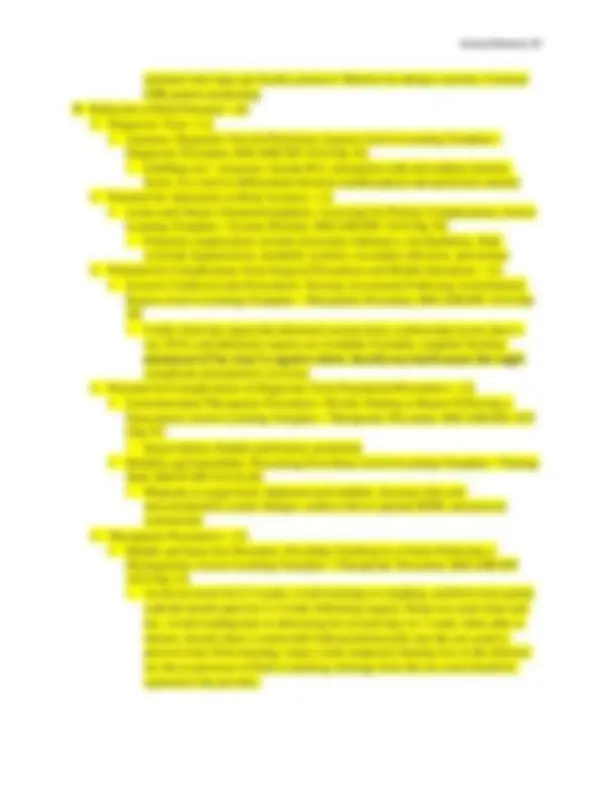
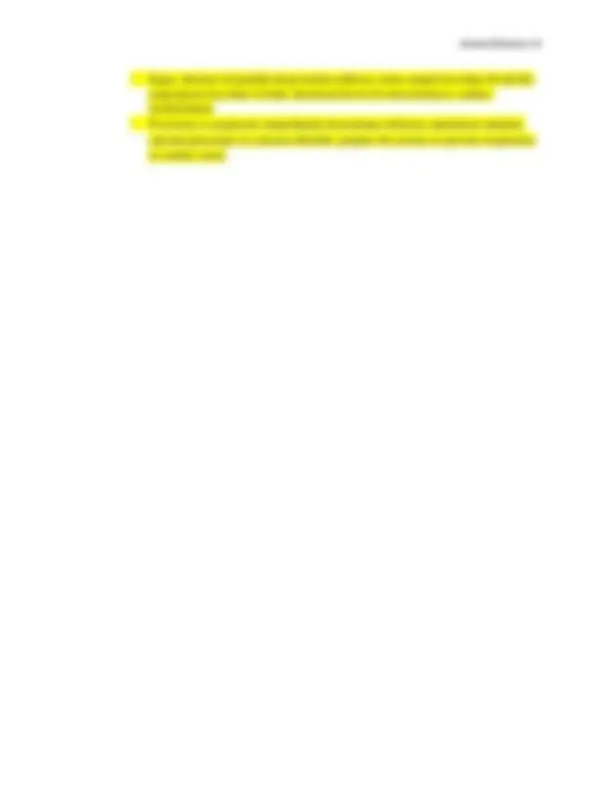


Study with the several resources on Docsity

Earn points by helping other students or get them with a premium plan


Prepare for your exams
Study with the several resources on Docsity

Earn points to download
Earn points by helping other students or get them with a premium plan
Community
Ask the community for help and clear up your study doubts
Discover the best universities in your country according to Docsity users
Free resources
Download our free guides on studying techniques, anxiety management strategies, and thesis advice from Docsity tutors
ATI RN COMPREHENSI PREDICTOR 2025 REMEDIATION.pdf
Typology: Exams
1 / 13

This page cannot be seen from the preview
Don't miss anything!








❖ Management of Care – (9) ➢ Advance Directives/Self-Determination/Life Planning – (1) ▪ Professional Responsibilities: Client Teaching About Do-Not-Resuscitate Orders (Active Learning Template – Basic Concept, RM Leadership 7.0 Chp. 3)
objective information about the client’s health problems; proceed in a logical sequence; include no gossip or personal opinion; relate recent changes in medications, treatments, procedures, and the discharge plan ➢ Legal Rights and Responsibilities – (1) ▪ Professional Responsibilities: Understanding Regulations for Nursing Scope of Practice (Active Learning Template – Basic Concept, RM Leadership 7.0 Chp. 3)
needs to be worn 23 hr/day, usually for 3 months. Educate parents to continue to place infant in the supine position for sleep. ❖ Health Promotion and Maintenance – (8) ➢ Aging Process – (1) ▪ Chronic Neurologic Disorders: Teaching About Phenytoin (Active Learning Template
CDC, www.cdc.gov, for current administration schedules; diabetes mellitus; HIV; skin cancer; cholesterol (ages 45 to 65 years) ➢ Health Screening – (2) ▪ Health Promotion of Infants (2 Days to 1 Year): Finding to Report (Active Learning Template – Basic Concept, RM NCC RN 10.0 Chp 3)
decreased peristalsis; decreased muscle endurance, strength, and mass; altered sensory perception ➢ Non-Pharmacological Comfort Interventions – (2) ▪ Hematologic Disorders: Interventions for a Child Who Is Experiencing a Vasoocclusive Crisis (Active Learning Template – System Disorder, RM NCC RN 10.0 Chp 21)
benzodiazepines, opioids, and antihistamines can result in additive CNS depression ▪ Sources of Nutrition: Best Sources of Vitamin C (Active Learning Template – Basic Concept, RM Nutrition 6.0 Chp. 1)
maternal vital signs per facility protocol. Monitor for allergic reaction. Continue FHR pattern monitoring ❖ Reduction of Risk Potential – (8) ➢ Diagnostic Tests – (1) ▪ Anemias: Diagnostic Test for Pernicious Anemia (Active Learning Template – Diagnostic Procedure, RM AMS RN 10.0 Chp 41)
▪ Postoperative Nursing Care: Client Care Following a Mastectomy (Active Learning Template – Nursing Skill, RM AMS RN 10.0 Chp 96)